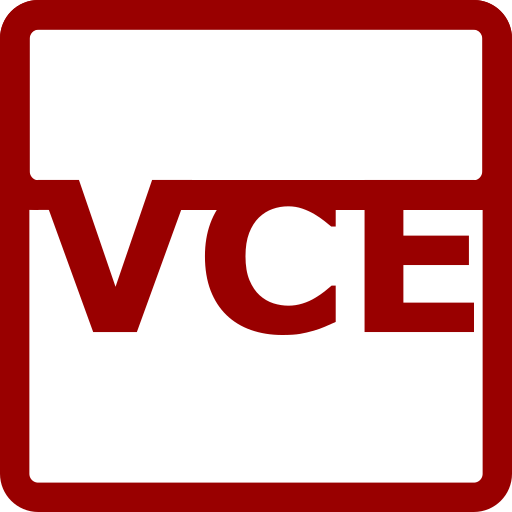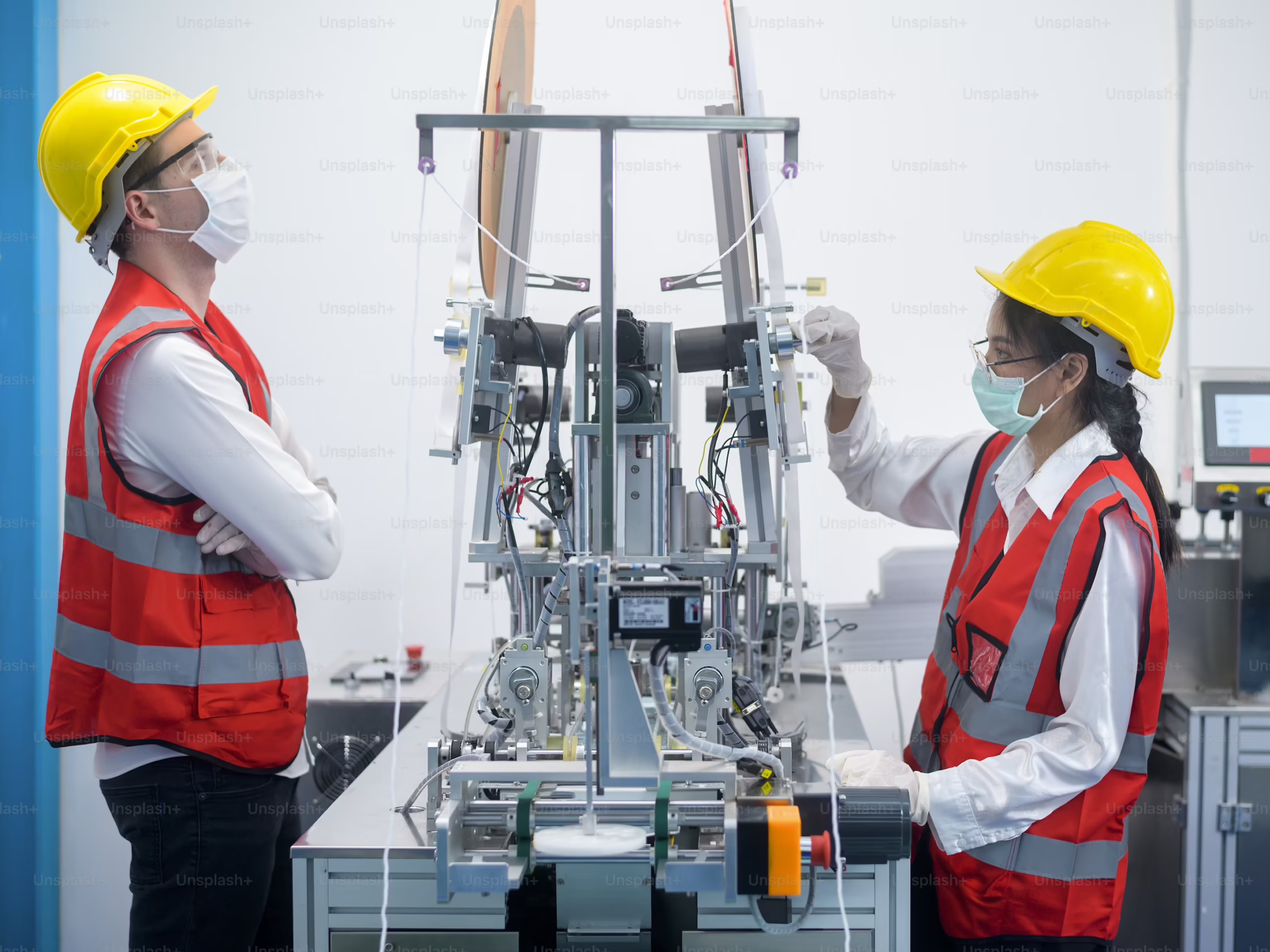Abstract:
Engineers must embody a unique blend of traits that empower them to address the complex challenges in their field. The cultivation of curiosity, discernment, and a collaborative spirit equips engineers with specific skills necessary to contribute innovative solutions to the world. Curiosity pushes them to lend their expertise and time to discovery. Discernment allows engineers to select design characteristics and objectively evaluate flaws to ensure that their creations align with their ethical responsibilities. A collaborative spirit helps engineers expand their perspectives, supplement gaps in their knowledge, optimize design results, and ensure the best possible outcome for a project. These traits, along with the necessary ethical background, must be integrated into engineering curriculums to shape a sustainable future for generations to come.
Introduction:
Engineers must embody a unique blend of traits that empower them to address the complex challenges in their field. The Viterbi School of Engineering at the University of Southern California recognizes that stepping up to this challenge requires more than a curriculum and credentials. Engineers accept a duty to innovate that demands outstanding character and technical competence, a blend that can only be achieved through the cultivation of essential life skills. As Dean Yannis C. Yortsos of the Viterbi School of Engineering states, the modern engineer must “understand and consider the interests of the communities affected by engineering practice,” maintain a “strong knowledge of ethical responsibilities in view of the rapid and powerful changes in technology,” develop an “understanding of themselves and their place in society,” and be able to “articulate their ideas to those they impact” [1]. As the field of engineering continues to evolve with modern technology, the cultivation of ethical character traits has become an essential component of the successful engineer. Specifically, the cultivation of curiosity, discernment, and a collaborative spirit equips engineers with the skills necessary to thrive in their field and contribute to the betterment of the world.
Natural Curiosity:
The nature of engineering involves creating social impact through innovation. Many engineers are driven by a sense of responsibility for humanity which allows them to contribute positive change to the world. However, engineers have reached new levels of technological innovation that point to more than a sense of civic duty. Engineers often possess a burning curiosity that pushes them to lend their expertise and time to discovery. They engage in provoking thoughts, constantly asking questions about the world around them. This curiosity allows engineers to face challenges that may seem too substantial, too miniscule, or too odd. While the notion of using biomimicry to create new technology inspired by lizards capable of hanging upside down on a wet ceiling or replicating spider silk to stop a Boeing 747 jet may sound whimsical at first, such contemplations have led to many revolutionary solutions in engineering.
However, while curiosity can serve as a springboard for innovation, engineers must also ensure that these ideas are feasible and beneficial. While engineers need curiosity to fuel their creative spirit, they must also be anchored by a sense of social awareness. Professors Busby and Coeckelbergh suggest that engineers must develop their moral imagination by questioning both potential benefits and risks involved in new designs [2]. By considering the impact of new technology on the surrounding environment, engineers not only expand their perspective but also ensure the wellbeing of the global community. While curiosity serves as an inspiration, it also allows engineers to make informed decisions and reflective judgements on the social impacts of their work.
Aptitude for Discernment:
An engineer requires the sharpened ability to think with prudent and reflective wisdom. This ability allows engineers to select design characteristics, objectively evaluate flaws, and improve problem solving skills. When completing a project, engineers rely on a system of peer evaluation to improve their designs. In the design of the Boeing 787 Dreamliner, passenger safety was a driving influence in their selection of optimal parameters and materials. The decision to incorporate carbon-fiber composites to avoid corrosion of the aircraft helped to maintain the 787’s structural integrity and to secure the safety of passengers and pilots, as corrosion can lead to various failures. Similarly, Henry Ford’s success in the automobile industry can also be attributed to the ability to discern problems and a commitment to optimization. He was able to objectively judge his own factories and reconstruct his assembly line, which led to more efficient production and lower-cost manufacturing. This made his cars available to a larger population. Without an aptitude for objective discernment and the ability to optimize one’s own projects, an engineer is doomed to fail.
Additionally, discernment encourages engineers to ruminate about whether or not their ideas align with their ethical responsibilities. When considering a new design or project, engineers have a duty to judge the feasibility and risks that come along with their work. This aligns with an idea presented by philosophers Allison Ross and Nafsika Athanassoulis: risk evaluation in engineering may overlook the equitable distribution of potential harms when taking risks [2]. To mitigate this issue, engineers must use discernment to accurately evaluate and effectively communicate any risks to the people they impact.
Collaborative Spirit:
To objectively judge a project, engineers rely on peer feedback to expand their perspectives. Engineering projects need these diverse inputs and opinions to ensure they remain useful for a large population. Additionally, engineers predominantly work in multidisciplinary teams to optimize potential solutions to multifaceted issues. For example, the Sydney Opera House required a team of engineers working together to create a distinctive performing arts center while maintaining structural integrity and acoustic abilities. This collaboration ensured that the opera house, which stands a symbol of architectural excellence, remained functional. As each engineer focused on optimizing their small section of the design, their diverse backgrounds and perspectives blended to create one of the most admired structures in the world. A single engineer cannot understand an entire project from the initial design to the final model. Engineers must rely on each other to fill the gaps in their knowledge and shepherd a project to completion.
While varying perspectives seem to slow down projects and hinder efficiency, engineering requires communication and peer feedback to remain functional. For example, during the development process of the 787 Dreamliner, Boeing chose to outsource components from various suppliers worldwide without reviewing those components within their manufacturing team. This lack of peer review led to issues in the electrical wiring when certain sensors did not fit during manufacturing, and it ultimately caused major delays and financial losses. Effective collaboration among the suppliers and manufacturing engineers might have prevented this delay and extra cost. Communication is an essential aspect of teamwork. Overall, engineers use teamwork to expand their perspectives, supplement gaps in their knowledge, optimize design results, and ensure the best possible outcome for a project.
Conclusion:
The fundamental traits of an ethical engineer are rooted in understanding the impacts of new technology on society. Scientist Charles E. Hood argued that the four ethical traits engineers need are sensitivity to risk, awareness of social context of technology, respect for nature, and commitment to the public good [3]. Together, curiosity, discernment, and a collaborative spirit cover these four concerns and contribute to a lifelong equilibrium between society and the environment. The Mars rover Curiosity presents a prime example of the importance of curiosity, discernment, and teamwork in engineering. Designed by a team of NASA engineers, natural curiosity provided the initial idea of a robot capable of withstanding Mars’s harsh environment. Discernment helped the team weigh important design elements. Communication allowed the team to efficiently and successfully create the rover. Engineers must develop these skills to ethically design complex solutions to humanity’s biggest problems. These qualities must be integrated into engineering curriculums to shape a sustainable future for generations to come.
By Amanda Akrawi, Viterbi School of Engineering, University of Southern California
About the Author
At the time of writing this paper, Amanda Akrawi was a senior majoring in Mechanical Engineering. After graduation, she hopes to travel and work in industry.

